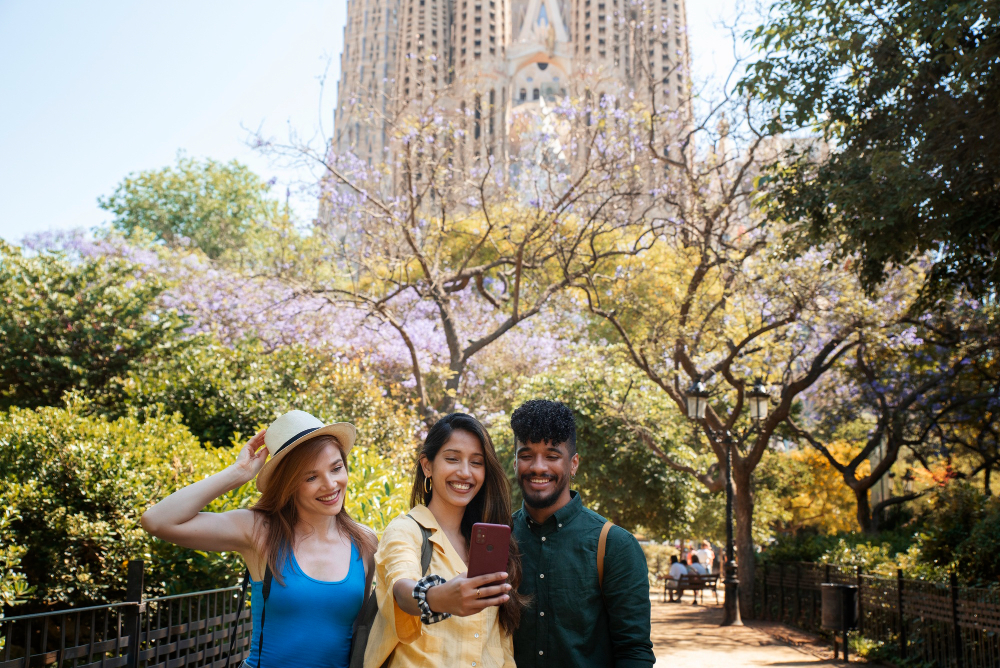Building Vibrant Communities: The Essence of Placemaking
- January 16, 2024
- 3 min

In our dynamic and ever-evolving world, the significance of the spaces we inhabit is paramount. These spaces shape our experiences, emotions, and interactions profoundly. Amidst this backdrop, the placemaking framework emerges as a crucial element in the creation of vibrant, engaging environments. This approach is not merely about architectural design; it’s fundamentally about building heartwarming communities and enriching urban life. In this detailed exploration, we will delve into the placemaking framework, uncovering how it transforms mundane spaces into thriving, energetic, and connected communities.
Embracing Community Involvement as the Core
At the heart of the placemaking framework lies a powerful concept: the best spaces mirror the aspirations and needs of their users. This principle places community involvement at the forefront of urban design. Engaging with residents, businesses, and stakeholders is crucial in creating areas that not only look appealing but also resonate with the community’s unique identity and requirements. Consequently, this collaborative approach ensures the creation of spaces that are aesthetically pleasing, functional, and imbued with meaning for those who frequent them.
Prioritizing Flexibility and Adaptability in Design
Moreover, flexibility stands as a key pillar of the placemaking framework. In a world where preferences and needs swiftly change, crafting adaptable spaces becomes imperative. This approach involves designing areas capable of serving multiple functions and adapting to various events, activities, and evolving community needs. Therefore, by emphasizing adaptability, spaces remain relevant and useful, evolving in tandem with the community they serve.
Integrating Nature and Sustainability for Future Generations
Furthermore, the integration of natural elements and sustainable practices is a vital aspect of the placemaking framework. Incorporating green spaces, plant life, and water features not only enhances an area’s beauty but also significantly contributes to the well-being of its inhabitants. Adopting sustainable practices like using eco-friendly materials and promoting green transportation ensures that these vibrant environments benefit not only today’s populace but also future generations.
Celebrating Local Identity and Culture
Additionally, a captivating facet of the placemaking framework is its focus on celebrating local identity and culture. Each community possesses a unique character, rich history, and distinct traditions. By weaving these elements into the fabric of urban spaces, we craft environments that not only narrate a story but also instill a sense of pride and belonging among residents. This could involve showcasing local artistry, embedding historical motifs in architecture, or creating spaces for local festivals. When individuals see their culture and history reflected in their surroundings, they forge a deeper connection with the place, elevating it from a mere location to a cherished part of their narrative.
Fostering Social Interaction and Community Bonds
In addition, the placemaking framework underscores the importance of social interaction in nurturing robust communities. Designing spaces that encourage people to meet and connect is vital. This is achieved by creating communal areas such as parks and pedestrian zones, which act as natural congregating points. Adding features like seating arrangements and interactive installations can further stimulate engagement among residents. These spaces then become social hubs, fostering relationships and reinforcing the fabric of the community.
Ensuring Safety and Accessibility for All
Moreover, ensuring safety and accessibility is fundamental within the placemaking framework. A space that is safe and accessible to everyone, irrespective of age, ability, or background, is a space where all feel welcome. This entails meticulous planning for well-lit paths, clear signage, and barrier-free access, considering the diverse needs of the community. By creating environments that are safe and accessible, we lay a solid foundation for inclusive communities, where every individual can participate freely and without hindrance.
Conclusion
To conclude, the placemaking framework offers a transformative approach to urban design and community building. It goes beyond merely creating functional spaces; it’s about enriching lives, fostering connections, and celebrating the unique mosaic of local culture and identity. By focusing on community involvement, flexibility, nature, local identity, social interaction, and safety, we can create environments that not only meet functional needs but also enhance the quality of life. Embracing the principles of the placemaking framework paves the way for more connected, resilient, and joyful communities, where every space has a story to tell and everyone finds a sense of belonging.
Read More:
Retail Placemaking
About Phil Myrick
Phil Myrick is an advisor to planning and development projects around the world and former CEO of Project for Public Spaces. Phil applies research into how people interact with their environments and each other to create vibrant places, destinations, districts, and developments. His strategic advice has helped his clients achieve their goals of attracting people, engaging people in their community, strengthening connections and social fabric, and stimulating economic development. Phil is married with two teenagers and struggles to satisfy his passion for being outdoors or on the water. https://philmyrick.com
